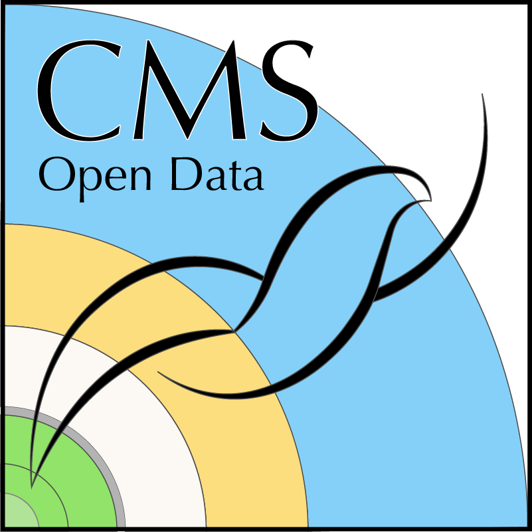Particle Discovery Lab
Last updated on 2024-07-14 | Edit this page
Overview
Questions
- How can we identify different particles in collision data?
- What are the characteristics of muons and electrons in the dataset?
- How do we perform basic and advanced data analysis in particle physics?
Objectives
- Understand the basics of particle collision data.
- Learn how to identify different particles such as muons and electrons.
- Perform both basic and advanced data analysis tasks.
Particle Discovery Lab (for students!)
Participants will analyze real particle collision data from the CMS experiment. They will identify different particles, such as muons and electrons, by examining the data’s characteristics. This exercise helps students understand how physicists discover and study fundamental particles.
Overview
The Particle Discovery Lab is designed to introduce participants to the fascinating world of particle physics by working with actual data from the CMS experiment. This hands-on experience will provide valuable insights into the process of particle identification and the analysis techniques used by physicists.
Identifying Particles
Participants will learn to identify different particles by analyzing their collision data. Key characteristics such as energy, momentum, and decay patterns will be examined to distinguish between various particles. The focus will be on identifying muons and electrons, which are fundamental components in many particle physics studies.
Basic and Advanced Data Analysis
The lab will guide participants through both basic and advanced data analysis tasks. Initially, they will perform simple tasks such as plotting histograms and calculating basic statistics. As they progress, more advanced techniques will be introduced, including fitting data to theoretical models and performing complex statistical analyses.
You Have Choices!
While ROOT and C++ are essential for early-stage analysis of CMS Open Data in the AOD (Run 1) or MiniAOD (Run 2) formats, participants can use other tools and file formats for downstream analysis or for analyzing Run 2 NanoAOD files. Feel free to choose the tools that best suit your needs and preferences.
